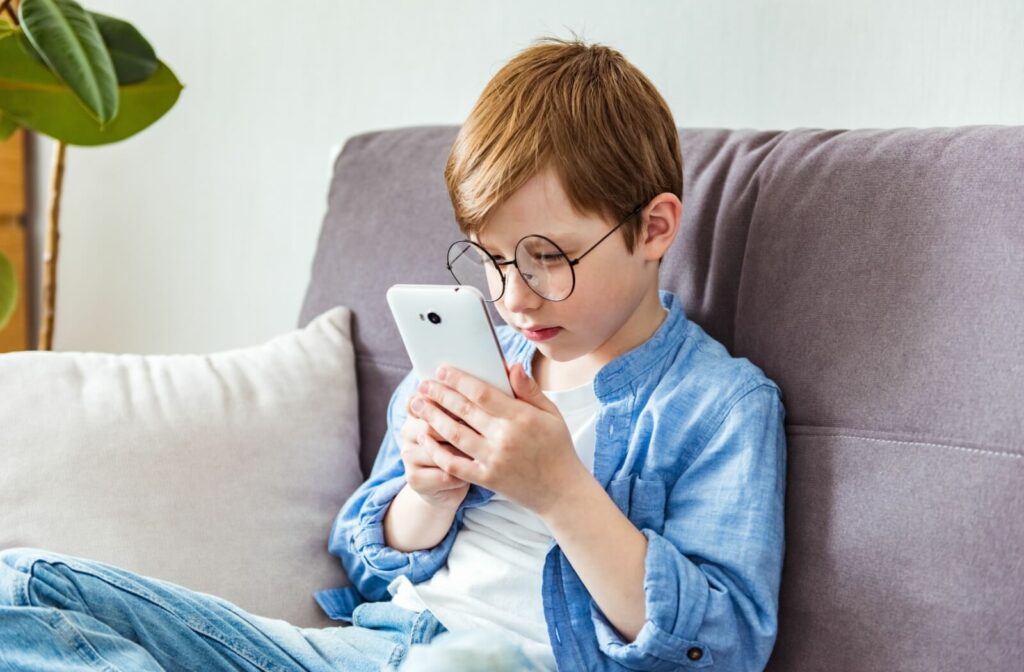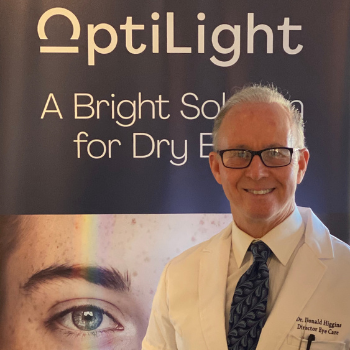More kids are becoming nearsighted, and at younger ages than ever before. Parents and adults alike are noticing that prescriptions keep getting stronger with every eye exam, prompting questions about what is driving this change.
Myopia tends to worsen due to a combination of genetics, natural eye growth, prolonged near work, and limited time spent outdoors.
What is Myopia?
Myopia occurs when the eyeball grows too long or the cornea becomes too curved, causing light to focus in front of the retina rather than directly on it. This results in clear close vision but blurry far vision. What many people don’t realize is that myopia usually progresses over time, especially during childhood and adolescence.
The symptoms of myopia progression include:
- Increasing difficulty seeing distant objects clearly
- Frequent squinting to see better
- Eye strain and fatigue
- Headaches, particularly after visual tasks
- Difficulty seeing while driving, especially at night
- Frequent requests for updated prescriptions
4 Primary Drivers of Myopia
Genetic Predisposition
Research shows that genetics play a substantial role in myopia development and progression. Children with one nearsighted parent have a significantly higher risk of developing myopia, while those with two nearsighted parents face an even greater likelihood.
However, having nearsighted parents doesn’t guarantee your child will develop progressive myopia. Environmental factors and lifestyle choices can influence whether genetic predisposition becomes reality. This is why regular eye exams are important, especially for children from families with a history of nearsightedness.
Age & Natural Eye Growth
Most myopia progression occurs during childhood and adolescence when the eye is still developing. The eyeball typically continues growing until the late teens or early twenties. During growth spurts, common during the school years, vision changes can happen rapidly.
This natural growth process explains why myopia control is typically more effective when started early. The sooner we can implement strategies to slow eye growth, the better we can manage long-term progression.
Environmental influences
Our modern environment presents unique challenges for developing eyes. Extended periods of close-up work, including reading, writing, and screen use, have been linked to increased myopia progression. Additionally, limited exposure to natural outdoor light during developmental years may contribute to nearsightedness worsening.
Studies consistently show that children who spend more time outdoors have lower rates of myopia development and slower progression. The protective effect of outdoor time appears to be related to both natural light exposure and the opportunity for eyes to focus on distant objects.
Daily Habits That Impact Vision
Several lifestyle factors can accelerate myopia progression:
- Extended screen time without adequate breaks
- Poor lighting conditions during close work
- Irregular sleep patterns that affect eye health
- Insufficient physical activity
- Limited time spent focusing on distant objects
These habits create a perfect storm for myopia progression, particularly when combined with genetic predisposition and natural eye growth.
Proven Strategies to Slow Myopia Growth
While we cannot control genetics or natural eye growth, these steps may help reduce the risk of nearsightedness worsening, especially in children.
- Follow the 20-20-20 rule: Every 20 minutes, look at something 20 feet away for 20 seconds to reduce eye strain and support healthy focusing.
- Spend more time outdoors: Aim for at least two hours a day outside. Natural light and focusing on distant objects may help slow myopia in children.
- Create a vision-friendly environment: Use proper lighting in study areas and position screens at eye level with appropriate viewing distance to reduce strain.
- Manage screen time thoughtfully: Take regular breaks, use blue light filters when needed, and balance screen use with other activities that do not involve close focus.
Small, consistent changes in daily habits can go a long way in protecting your child’s vision health over time.
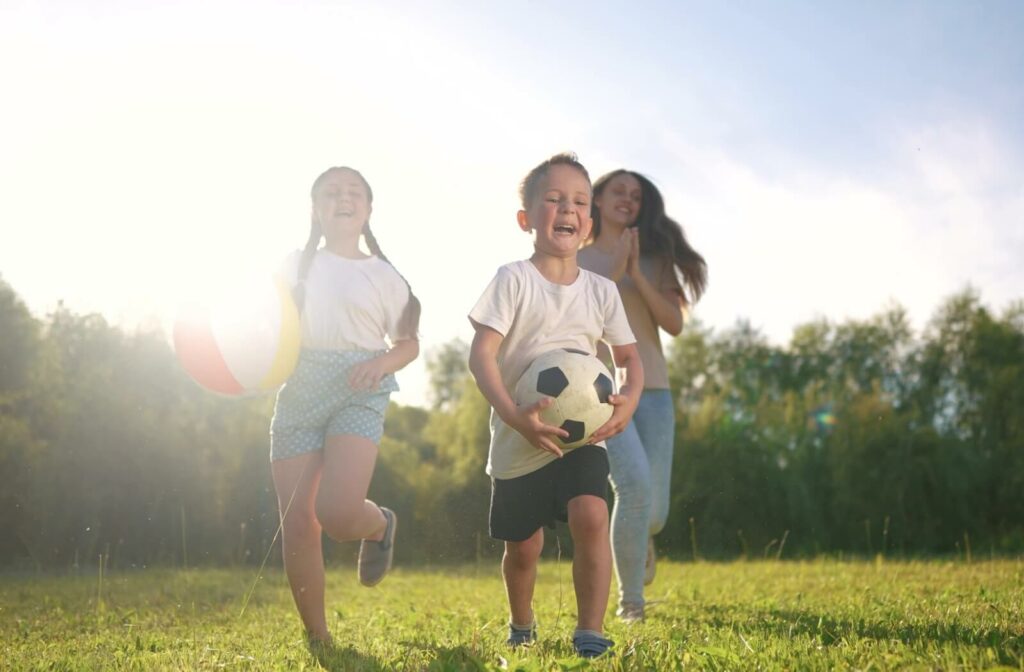
Professional Myopia Control Options
Here are several professional treatment options available to help manage myopia progression effectively:
- Orthokeratology (Ortho-K): Special contact lenses worn overnight to reshape the cornea and slow the eye’s growth.
- MiSight contact lenses: Daily soft lenses clinically proven to reduce myopia progression in children.
- Low dose atropine drops: Prescription eye drops used nightly can help slow the growth of the eye and development of nearsightedness.
- Specialty glasses for myopia control: Glasses with advanced lens designs that correct vision and help reduce eye elongation over time.
These options allow families to choose a solution that fits their child’s needs and lifestyle.
Your Partner in Myopia Management
Every child’s eyes are different, and at Higgins Brothers’ Vision Care, we’re here to help you find the right care. Our team offers detailed eye exams, personalized treatment plans, and support to help slow myopia progression and protect long-term vision.
We offer a range of proven solutions including Ortho-K lenses, MiSight daily contacts, specialty glasses, and low dose atropine drops. Each option is tailored to your child’s lifestyle and visual needs to support healthy development.
Book an eye exam with Higgins Brothers’ Vision Care today to explore your options and take the first step toward clearer, more comfortable vision.
